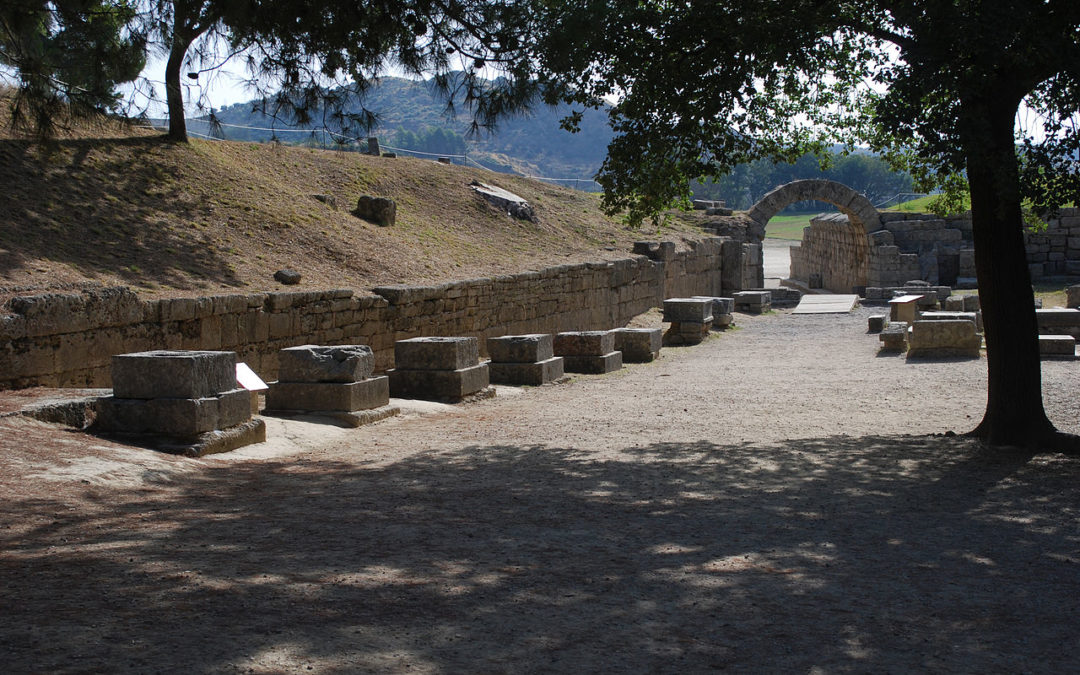More than Holes! An Unconventional Perspective of the “Greek Revolution” in Bronze Statuary

More than Holes! An Unconventional Perspective of the “Greek Revolution” in Bronze Statuary
Authors: Gianfranco Adornato
In: Artistry in Bronze. The Greeks and their Legacy. XIXth International Congress on Ancient Bronzes
Edited by: J.M. Daehner – K. Lapatin – A. Spinelli
Publisher: Los Angeles: Getty Trust Publications, 2017
Pages: 80-86
Description: This paper explores the technical and art historical importance of dowel holes, a largely overlooked source of material evidence for the study of fifth-century Greek bronze statuary. Generally, the “artistic revolution” in Greek sculpture is associated with the Persian Wars, with two sculptors, Kritios and Nesiotes, and with their sculptural group, the Tyrannicides, precisely dated to 477/476 BC. From an art historical point of view, I discuss whether their statues can indeed be considered “revolutionary.” For this purpose, I investigate inscribed and signed bases connected to Kritios and Nesiotes in order to identify and highlight technical improvements in Greek sculpture. Thanks to a fresh and close inspection of dowel holes and remains of footprints, I argue that it is not until Polykleitos’s activity and not before the Kyniskos base in Olympia that we can detect a new technical solution in positioning bronze sculptures and, consequently, in rendering poses. The different posture resulting from the shift of balance from both feet to only one has profound artistic, technical, and anatomical implications. Polykleitos’s fundamental characteristic breaks with the previous rules and traditional stance and represents a revolutionary innovation. I conclude that the balance on one leg (uno crure), a peculiarity of Polykleitos’s works attested by the remaining dowel holes and in Pliny (Naturalis historia 34.55–56), represents a turning point in perfecting the representation of the human figure and a different solution to the problem of ponderation.
Keywords: Bronze Statuary, Kritios and Nesiotes, Polykleitos, Pliny the Elder